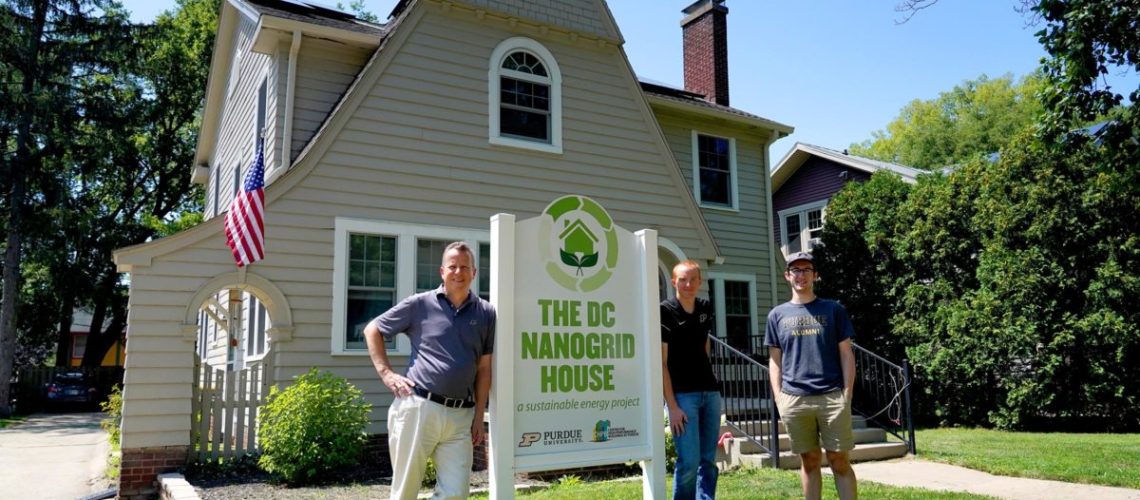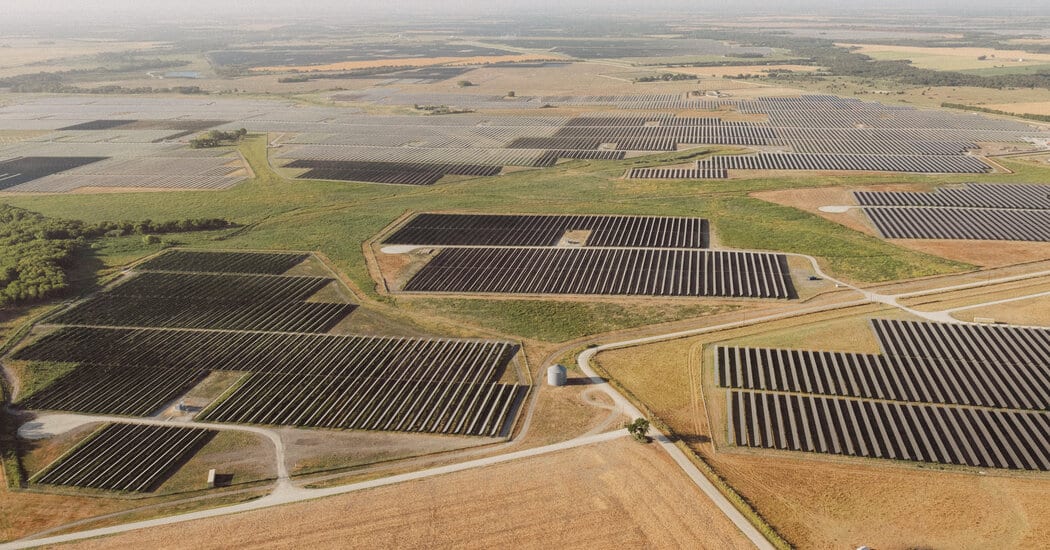A team of researchers at Purdue University are retrofitting a 1920s home to run completely on DC current.
While most homes run on alternating current (AC) power because that’s what comes from the utility lines from the grid, researchers at Purdue University decided to switch a home over to all direct current (DC) power.
Why? Back in the late 1800s Thomas Edison had a dream of a DC-based electrical infrastructure, but that dream lost to George Westinghouse’s AC system. In recent years, however, with renewable energy sources generating DC power, it would make a home more efficient if the electricity did not have to be converted to AC.
“We wanted to take a normal house and completely retrofit it with DC appliances and DC architecture,” said Eckhard Groll, the William E. and Florence E. Perry Head of Mechanical Engineering, and member of Purdue’s Center for High Performance Buildings. “To my knowledge, no other existing project has pursued an experimental demonstration of energy consumption improvements using DC power in a residential setting as extensively as we have.”
The project to transform a 1920s-era West Lafayette, Indiana home into the DC Nanogrid House began in 2017 under Groll’s direction. The first years were spent renovating and upgrading the infrastructure, and they added insulation and new windows to increase the home’s energy efficiency.
Rectify Solar provided a full installation of solar panels on the roof, while industry partners supplied new appliances and HVAC systems. The 14.3 kw rooftop solar system brings the all-electric home to net zero. Rectify installed Panasonic panels, inverters from CE+T America, and a POM Cube 20 kw/h battery system.
“Large-scale distribution of DC power through a house in the 21st century is really uncharted territory,” said Jonathan Ore, a 2020 Purdue Ph.D. graduate who served as the lead researcher on the project. “You can’t just go to the hardware store and buy DC circuit breakers or other critical distribution systems. We had to create this infrastructure from scratch.”
Purdue researchers, in collaboration with Rectify Solar, developed and jointly own a patented distribution system that enables the house to integrate both DC power from solar panels, wind turbines or battery storage with AC power from the local utility.
“The creation of the 380-volt DC load center was definitely a challenging and rewarding experience,” said Phil Teague, co-founder and CEO of Rectify LLC. “We used biomimicry and the neural connections of the brain as our inspiration, and added smart technologies and control mechanisms. Transitioning to DC can simplify homes, buildings and the grid as a whole. This project helped me realize that DC is not only the future, it always was.”
“A DC-house can potentially sustain itself for short periods of time by generating its own renewable energy and detaching from the grid through the help of on-site stored energy,” said Ore. This ultimately minimizes the strain on the outside grid in emergency situations. Events like the Texas storm are perfect illustrations of how a DC-house can benefit individuals and the community.”
To monitor the DC home for its comfort and usability, graduate students are living in the home full time. They’ve installed sensors in every room to detect whether people are present so that the HVAC system only heats or cools the areas of the home that are in use.
“This gives us the opportunity to perform both cutting-edge research on energy-saving opportunities and observe its potential benefits in a truly real-world setting, rather than just relying on simulations,” Groll said.
“It’s been really amazing to see the interest in this,” Ore said. “We started this project as just a proof of concept. But as our country experiences more and more issues with the grid, companies are actively seeking to integrate our work. People are interested in it from every aspect: from the electrical side, from the thermal side, from the automation and management side. This is a perfect testbed to experiment with those technologies.”
Purdue innovators have worked with the Purdue Research Foundation Office of Technology Commercialization to patent this technology. The researchers are seeking OEM partners to continue developing their technology and to take it to market.
As a result of this project, Phil Teague will be speaking at RE+ in Anaheim next month about this project on the topics of “DC is the Future, It Always Was”, and “DC Microgrid Design-Build Lessons Learned”.




